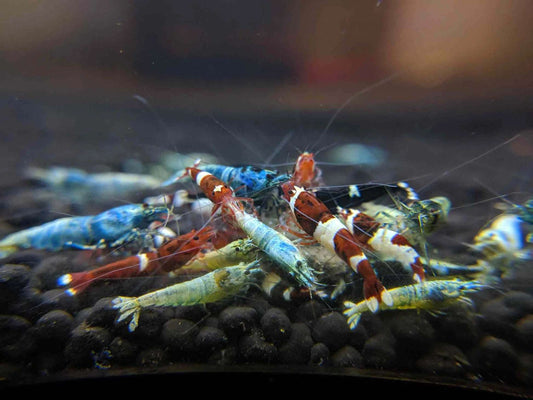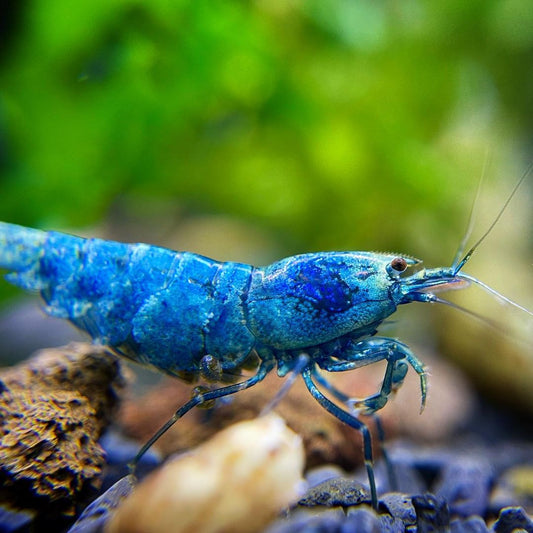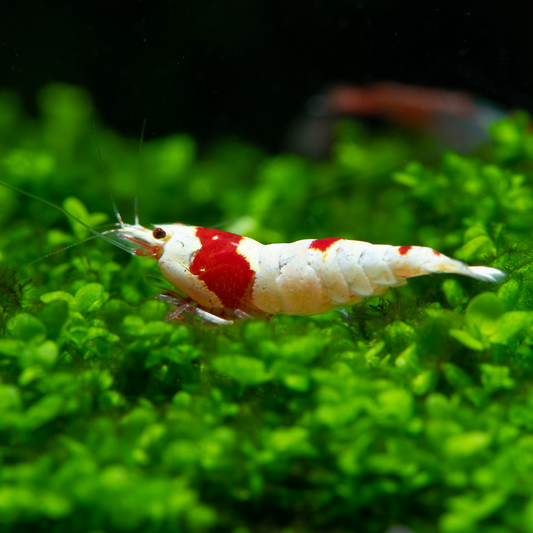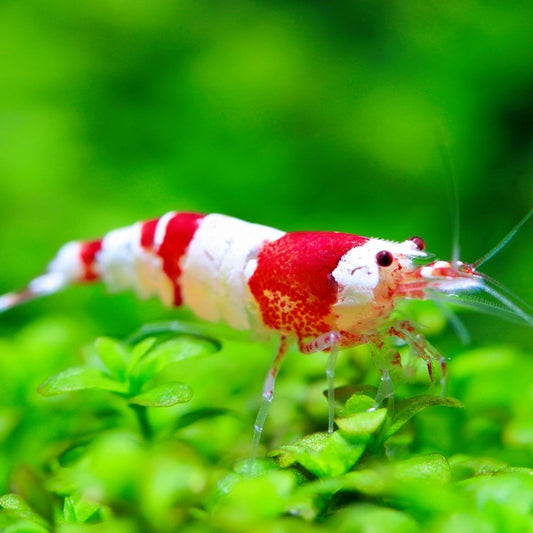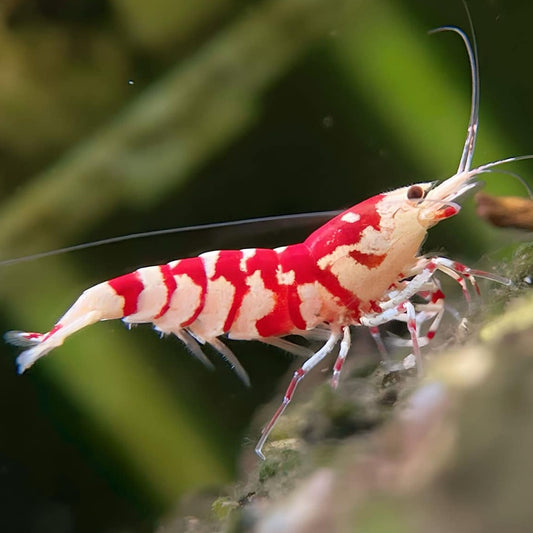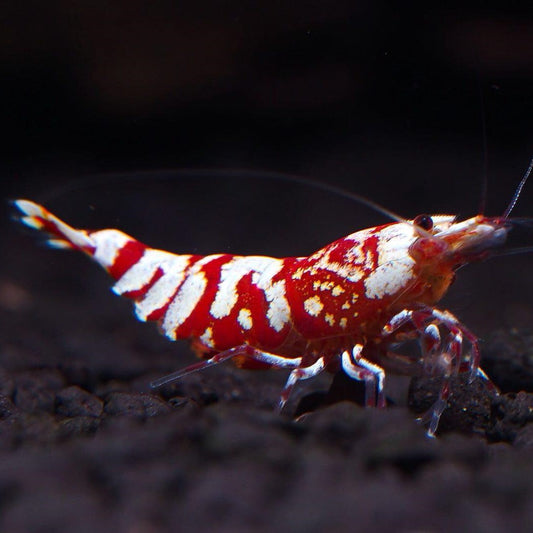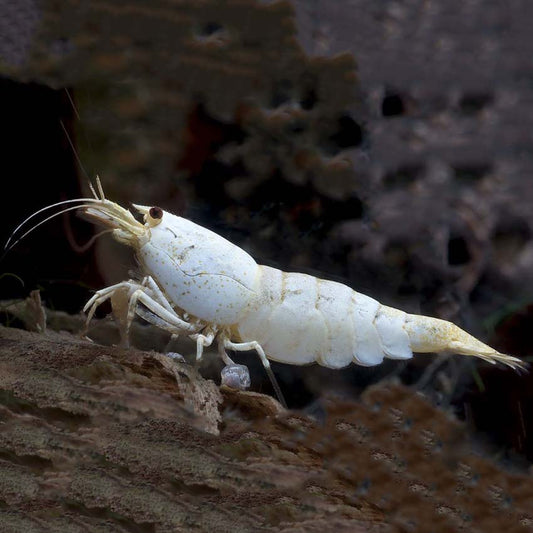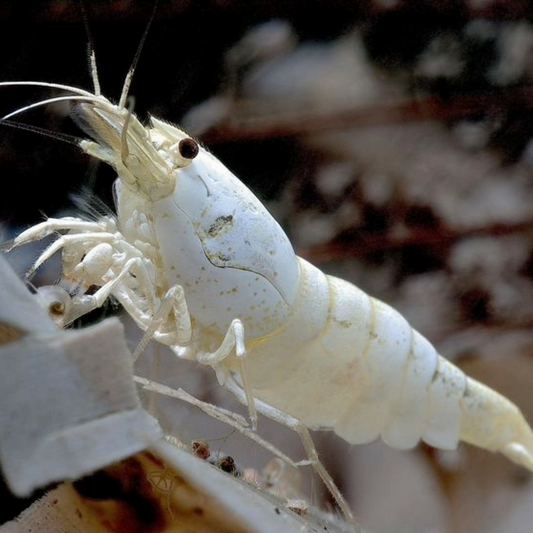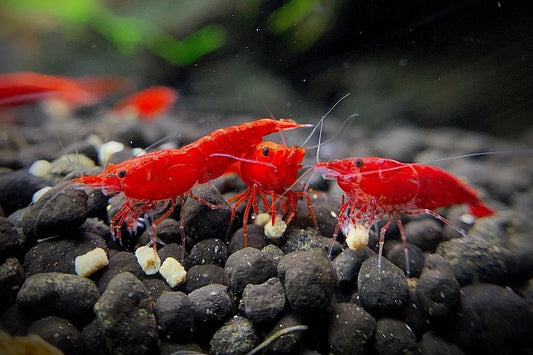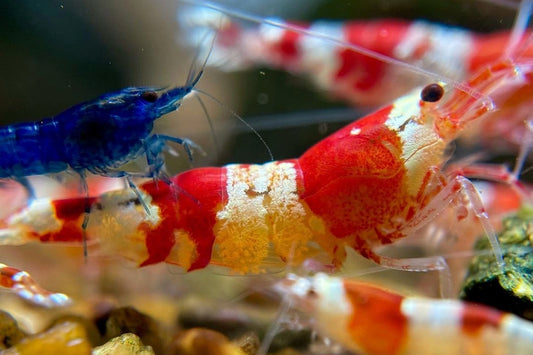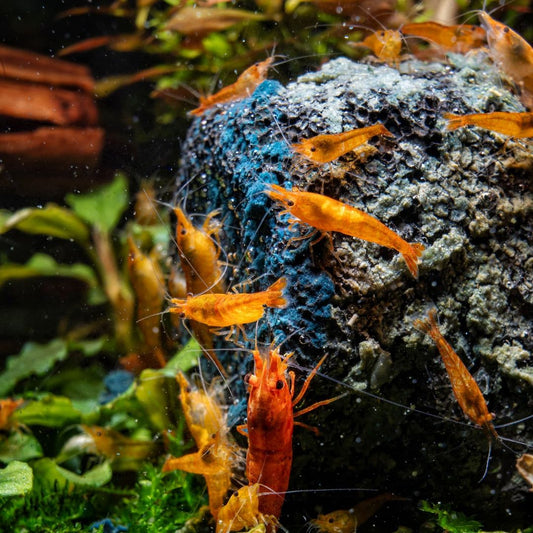Caridina Shrimps
-
Mixed Caridina Shrimp
Vendor:Tropicflow's ShirmpRegular price From $30.00 USDRegular priceUnit price per -
Bluebolt Caridina Shrimp
Vendor:Tropicflow's ShirmpRegular price From $35.00 USDRegular priceUnit price per -
Pure Red Line PRL Caridina Shrimp
Vendor:Tropicflow's ShirmpRegular price From $55.00 USDRegular priceUnit price per -
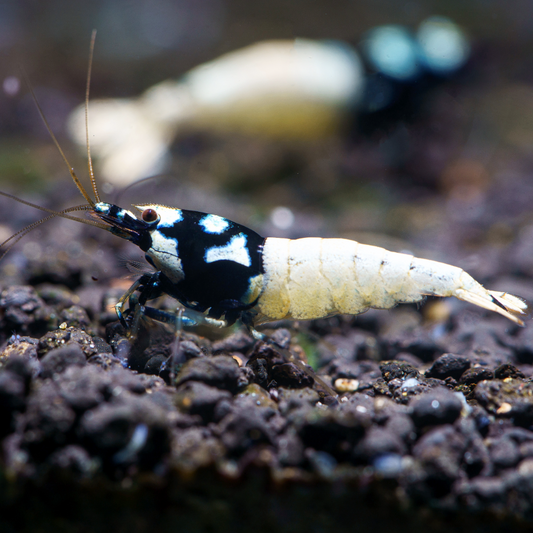
 Sold out
Sold outBlack Pinto Caridina Shrimp
Vendor:Tropicflow's ShirmpRegular price From $35.00 USDRegular priceUnit price per -
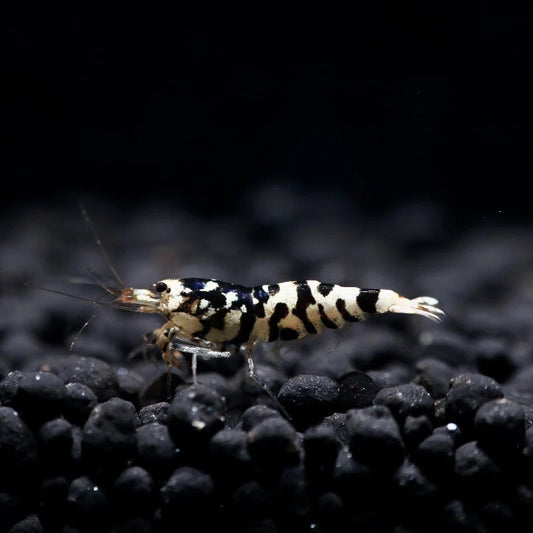
 Sold out
Sold outBlack Fancy Tiger Caridina Shrimp
Vendor:Tropicflow's ShirmpRegular price From $35.00 USDRegular priceUnit price per -
Crystal Red Caridina Shrimp
Vendor:Tropicflow's ShirmpRegular price From $35.00 USDRegular priceUnit price per -
Red Fancy Tiger Caridina Shrimp
Vendor:Tropicflow's ShirmpRegular price From $40.00 USDRegular priceUnit price per -
Red Galaxy Caridina Shrimp
Vendor:Tropicflow's ShirmpRegular price From $40.00 USDRegular priceUnit price per -

 Sold out
Sold outShadow Panda Caridina Shrimp
Vendor:Tropicflow's ShirmpRegular price From $55.00 USDRegular priceUnit price per -

 Sold out
Sold outSanta Caridina Shrimp
Vendor:Tropicflow's ShirmpRegular price From $50.00 USDRegular priceUnit price per -

 Sold out
Sold outBlack Galaxy Caridina Shrimp
Vendor:Tropicflow's ShirmpRegular price From $35.00 USDRegular priceUnit price per -
Golden Bee Snow White Caridina Shrimp
Vendor:Tropicflow's ShirmpRegular price From $35.00 USDRegular priceUnit price per -
Crystal Black Caridina Shrimp
Vendor:Tropicflow's ShirmpRegular price From $35.00 USDRegular priceUnit price per -

 Sold out
Sold outRed Pinto Caridina Shrimp
Vendor:Tropicflow's ShirmpRegular price From $35.00 USDRegular priceUnit price per -
Pure Black Line Caridina Shrimp
Vendor:Tropicflow's ShirmpRegular price From $35.00 USDRegular priceUnit price per -
 Sold out
Sold outBlack Panda Caridina Shrimp
Vendor:Tropicflow's ShirmpRegular price From $55.00 USDRegular priceUnit price per -

 Sold out
Sold outRed King Kong Caridina Shrimp
Vendor:Tropicflow's ShirmpRegular price From $55.00 USDRegular priceUnit price per -

 Sold out
Sold outWine Red Caridina Shrimp
Vendor:Tropicflow's ShirmpRegular price From $35.00 USDRegular priceUnit price per -

 Sold out
Sold outRed Dragon Caridina Shrimp
Vendor:Tropicflow's ShirmpRegular price From $35.00 USDRegular priceUnit price per -

 Sold out
Sold outBlue Dragon Caridina Shrimp
Vendor:Tropicflow's ShirmpRegular price From $35.00 USDRegular priceUnit price per
Freshwater Shrimp FAQs
How many type of Caridina Shrimp?
Caridina shrimp encompass a wide variety of species, each with unique colors and patterns. Among the mainstream types commonly kept in aquariums, here are several prominent ones:
- Crystal Red Shrimp (CRS) - Known for their striking red and white bands.
- Crystal Black Shrimp (CBS) - Similar to the Crystal Red but with black and white banding.
- Taiwan Bee Shrimp - This group includes several varieties like Blue Bolts, Red Pandas, and Black King Kongs, all noted for their vibrant colors.
- Tiger Shrimp - Including varieties like Orange Eye Blue Tiger and Black Tiger.
- Pinto Shrimp - Known for their complex patterns and colors, available in zebra and spotted forms.
- Blue Bolt Shrimp - A type of Taiwan Bee with a light blue body fading to white.
- Golden Bee Shrimp - These are similar in pattern to Crystal Reds but are white or golden in color.
How hard is it to keep Caridina shrimp?
Keeping Caridina shrimp can be challenging, especially for beginners. They require specific water conditions including soft, acidic water and a stable environment. Regular monitoring and maintenance of water parameters are essential for their health.
What is the difference between Caridina and Neocaridina shrimp?
Caridina and Neocaridina shrimp differ mainly in their water parameter requirements. Caridina shrimp prefer softer, more acidic water, while Neocaridina shrimp are more adaptable, thriving in a wider range of water conditions including harder, more alkaline water.
Can Caridina shrimp live in tap water?
Caridina shrimp generally cannot live in tap water unless the water's parameters closely match their specific needs (soft and acidic). Tap water often contains chlorine and other chemicals which are harmful to Caridina shrimp.
Can you mix Neocaridina and Caridina shrimp?
Mixing Neocaridina and Caridina shrimp is possible, but their differing water parameter requirements can make it challenging. If you can find a balance that suits both species, they can coexist peacefully.
Can I keep Caridina and Neocaridina together?
Yes, you can keep Caridina and Neocaridina shrimp together if you manage to balance the water parameters to meet the needs of both types. They do not interbreed and generally do not compete aggressively for food.
How many Caridina shrimp in a 10 gallon tank?
You can keep around 10-20 Caridina shrimp in a 10 gallon tank, provided the tank is well maintained with stable water parameters and adequate filtration.
What is the best Caridina shrimp for beginners?
The best Caridina shrimp for beginners is generally considered to be the Tiger shrimp. They are slightly more tolerant of varying water conditions compared to other Caridina species.
What is the lifespan of a Caridina shrimp?
The lifespan of Caridina shrimp is typically about 1 to 2 years, although this can vary based on the specific species and the quality of care they receive.
What is the minimum tank size for Caridina shrimp?
The minimum tank size recommended for Caridina shrimp is 5 gallons. This size provides a stable environment and helps maintain consistent water parameters.
Should I remove dead shrimp from my tank?
Yes, you should remove dead shrimp from your tank promptly to prevent ammonia spikes and potential water quality issues that can harm the remaining shrimp.
Are cherry shrimp Caridina or Neocaridina?
Cherry shrimp are a type of Neocaridina, known specifically as Neocaridina davidi. They are popular due to their hardiness and vibrant colors.
How to breed Caridina shrimp?
To successfully breed Caridina shrimp, ensure optimal water conditions such as a pH between 6.0 and 7.0, a temperature of 72-78°F, and a GH (General Hardness) of 4-6. Use a mature tank with plenty of hiding spots and stable water parameters. Provide a diet rich in nutrients to encourage breeding. Keep the tank environment stress-free and maintain consistent water quality through regular maintenance.
How to set up a Caridina shrimp tank?
Setting up a Caridina shrimp tank involves:
- Choosing a tank size of at least 5 gallons.
- Adding a substrate suitable for maintaining a lower pH, like aqua soil.
- Installing a gentle filtration system to keep the water clean without strong currents.
- Adding plants and decorations to provide hiding spots and reduce stress.
- Cycling the tank thoroughly to establish beneficial bacteria before adding any shrimp.
- Adjusting water parameters to the specific needs of Caridina shrimp (soft, acidic water).
What is Taiwan Bee shrimp?
Caring for Caridina shrimp involves:
- Keeping water parameters stable: pH 6.0-7.0, GH 4-6, and KH below 4.
- Maintaining water temperature at 72-78°F.
- Performing regular water changes with treated water that matches the tank's conditions.
- Providing a diet of specialized shrimp food, blanched vegetables, and occasional protein supplements.
- Ensuring a stress-free environment with plenty of hiding spots.
How big do Caridina shrimp grow?
Caridina shrimp typically grow to about 1 to 1.5 inches in length. Their size can slightly vary depending on the specific species and the conditions of their habitat.
What is the best food for Caridina shrimp?
The best food for Caridina shrimp includes a balanced diet of high-quality shrimp pellets or granules, blanched vegetables (like spinach or zucchini), and occasional protein-rich treats such as bloodworms or brine shrimp. Providing a variety of foods ensures they receive all necessary nutrients for growth, coloration, and breeding.

